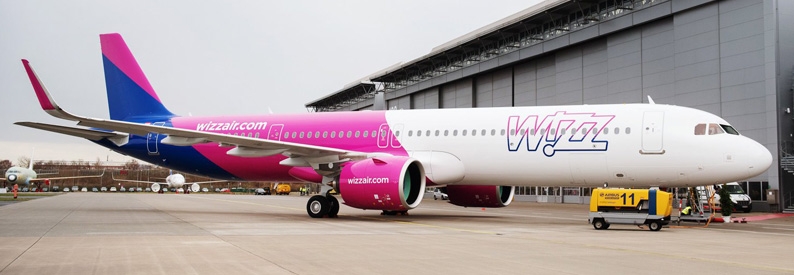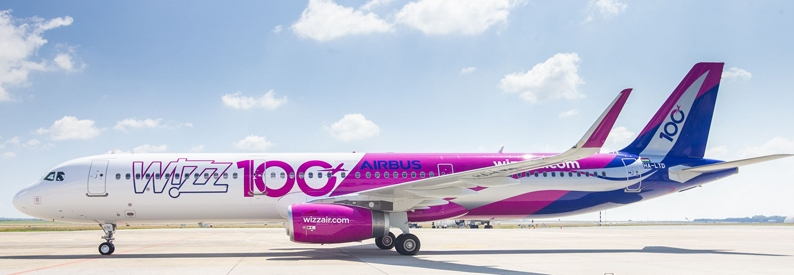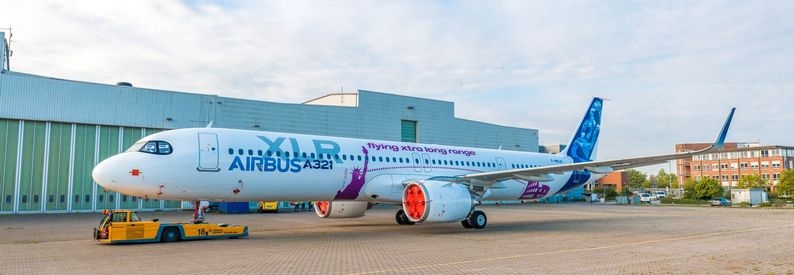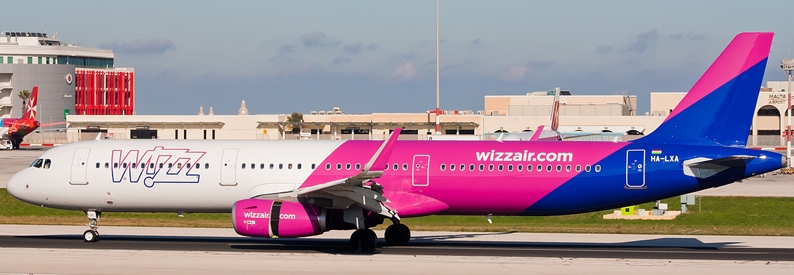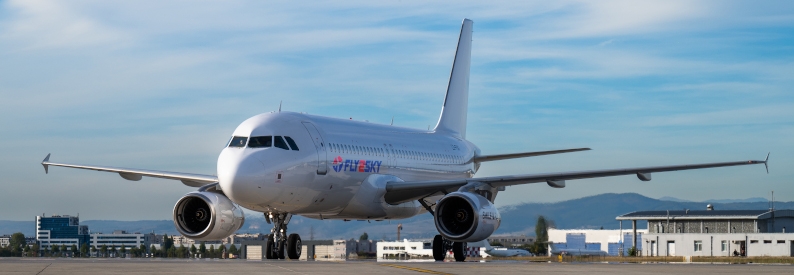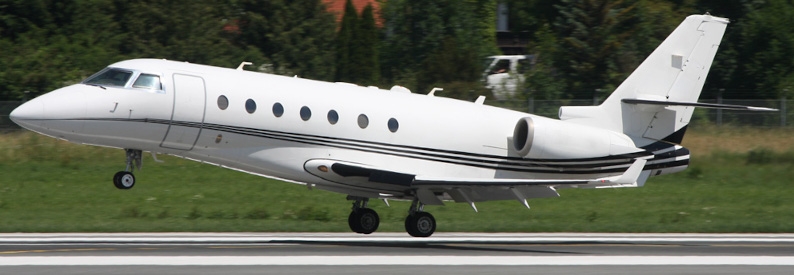Wizz Air (W6, Budapest) is currently tendering for the provider of engines for 177 A321neo aircraft and expects to conclude the negotiations by April 2025, chief executive officer József Váradi said during the carrier's quarterly earnings call.
"In terms of the ongoing management of [GTF engine issues], important considerations relating to increased access to spare engines and additional engineering shop slots are part of an ongoing tender," the low-cost carrier said in the financial report.
The airline currently operates six A320-200Ns and 141 A321-200NX across its four AOCs. All of these are powered by Pratt & Whitney PW1130 GTF engines. Wizz Air has been struggling with the high number of aircraft grounded due to a mix of powder metal inspections and more general supply chain issues. Váradi said that the airline expects to have, on average, around 40 aircraft on the ground due to those issues during 2025, roughly the same number as in 2024.
Váradi underlined that as one of the engine type's first and largest operators, Wizz Air has been disproportionately affected by the issues. He highlighted that while the powder metal inspections are cumbersome, they are at least easy to plan. Durability and supply chain problems, however, are much less predictable.
"The bigger issue is how Pratt is going to navigate the global supply chain through the diseases of the GTF technology. Today, we are losing roughly an average of 3.5 engines per month, and it has nothing to do with powder metal. This is due to the shorter-than-expected engine cycles," Váradi said.
The airline has a further 306 A321neo, including forty-seven A321-200NY(XLR)s, on order from Airbus. Most (177) of these have no engines selected yet, and Váradi intimated that a potential order for CFM International LEAP-1A, the only alternative engine provider for the type, was not out of the question.
However, he added that current global supply chain issues are not limited to Pratt & Whitney and have also impacted the airline's A320ceo fleet, which is powered by International Aero Engines V2500 units. The airline operates thirty-nine A320-200s and forty-one A321-200s across its AOCs.
"The problem is that actually the very same shops, the very same engineers and mechanics deal with the V2500 engines as well. And now those engines are queuing for induction and running out in terms of spares in the system. So it's not only a GTF issue, but it is increasingly becoming a V2500 issue, too," Váradi said.
He estimated that the situation could normalise in late 2027 or early 2028.
Delivery delays
The airline previously told ch-aviation that despite the persisting GTF issues, new deliveries would allow it to restart growth and wean it off its remaining wet leases in 2025.
However, the delivery plan remains much delayed compared to the original schedule, and the carrier estimates that it will be 75 aircraft short of its original plan by March 2028. Wizz Air said it would take seven more A321neo, including its first XLR, by the end of March 2025. It plans to add forty-two A321-200NX and seven A321-200NY(XLR)s between April 2025 and March 2026, and 33 and four units, respectively, in the following twelve-month period.
"Given lease returns, the fleet is now forecast to grow from a forecast 230 aircraft as at the end of March 2025 to 305 aircraft as at end of March 2028; this compares to the previous forecast of 380 aircraft at that end date," Wizz Air said.
While not disclosing the details, Váradi confirmed that the airline and the manufacturer reached an agreement related to the delays, which was "very good on [the airline's] side."
"We have not converted any of the XLRs, but we have been rescheduling the XLRs, pushing a bit more towards the back end of the delivery stream to ease the pressure. We were front-loaded with the original schedule. So we became more even, and, I would say, a little more backloaded with [deliveries], but we have not converted any of the XLRs," Váradi added.
Wizz Air currently wet-leases one A320-200 from Fly2Sky.

